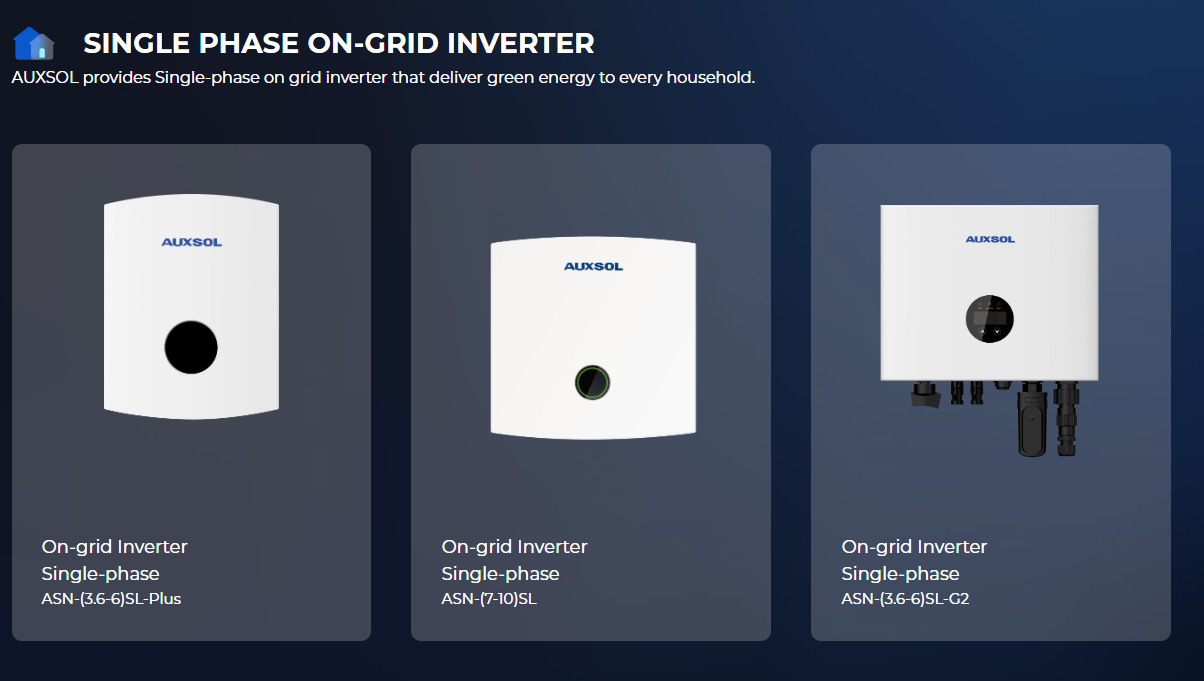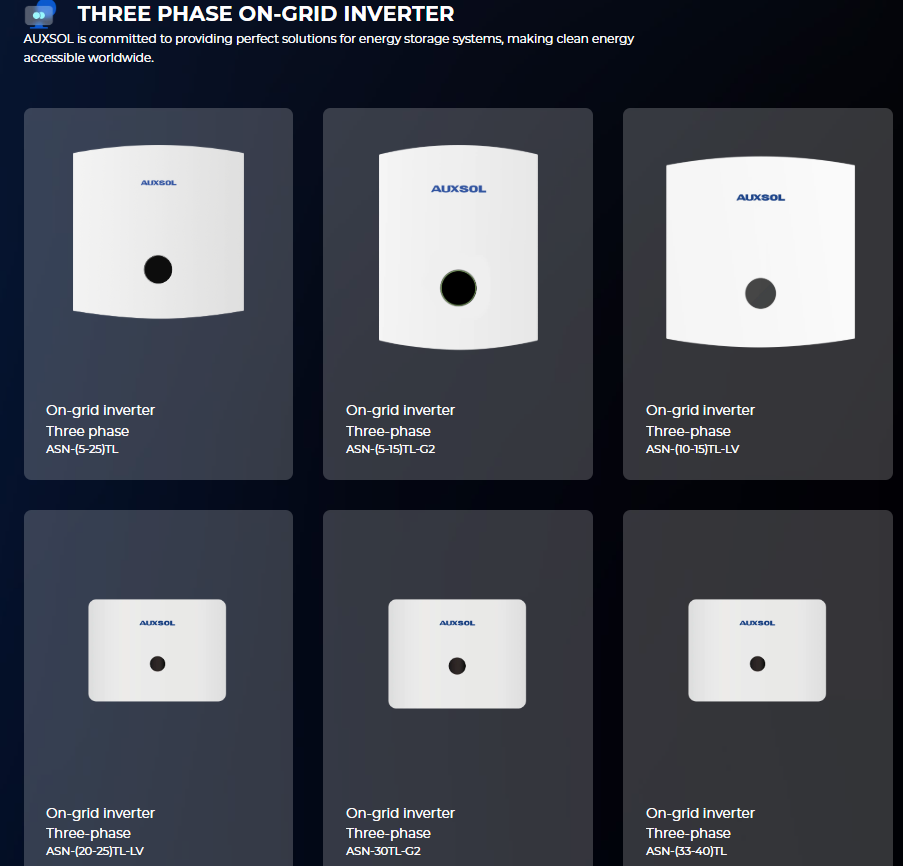Understanding the Role of On-Grid Solar Inverters in Modern Energy Systems
As the world shifts toward renewable energy, on-grid solar inverters—also called grid-tied inverters—have emerged as essential components in solar energy systems. But what exactly do they do, and why are they so important?
Let’s unpack the concept with real-world clarity.
What Makes an Inverter “On-Grid”?
Unlike off-grid or hybrid systems, on-grid inverters are designed to work in sync with the public electricity grid. Their job is to convert the DC (direct current) electricity generated by solar panels into AC (alternating current) power that can either be:
1. Used directly by your home or business,
2. Fed back into the grid in exchange for credits (net metering),
3. Or both.
There is no battery storage involved in standard on-grid systems, making them cost-effective and lower-maintenance for urban and suburban areas.
Major Advantages of On-Grid Solar Inverters
1. Net Metering Benefits: Feed excess power to the grid and get credits, which reduces your electricity bill.
2. Simple Design & Lower Maintenance: With fewer components (no batteries), the system is simpler, lighter, and easier to manage.
3. Scalable for Residential or Commercial Use: From a small house to an industrial park, on-grid inverters come in various power ratings and sizes.
4. Cost Efficiency: On-grid systems are typically cheaper to install than hybrid or off-grid systems due to no battery requirement.
Popular Technologies You’ll See in On-Grid Inverters
If you’re browsing spec sheets, you might see features like:
1. MPPT (Maximum Power Point Tracking) – Optimizes energy harvest from PV panels.
2. Anti-Islanding – A safety feature to prevent sending power to the grid during outages.
3. Wi-Fi/Bluetooth monitoring – Enables performance tracking on apps or web dashboards.
Key Considerations Before Buying On-Grid Inverters
Before purchasing an on-grid inverter, ask:
1. What is the peak power output of your solar array?
2. What’s the inverter’s efficiency rating (above 97% is ideal)?
3. Is it single-phase or three-phase, depending on your home’s/grid’s power supply?
4. Is there certification for your region’s utility provider?
Explore AUXSOL’s On-Grid Solar Inverter Solutions
AUXSOL offers high-performance single-phase on-grid inverters designed to bring clean, reliable energy to every home.
Single-phase on-grid inverters manufactured by AUXSOL
The AUXSOL ASN series features a compact, lightweight design ideal for residential installations. Built to modern industrial standards, it delivers exceptional durability and an extended service life. With an IP66 protection rating, these single-phase on-grid inverters are engineered for dependable operation in both indoor and outdoor environments.
Tip: Click to view specifications and download datasheets.


